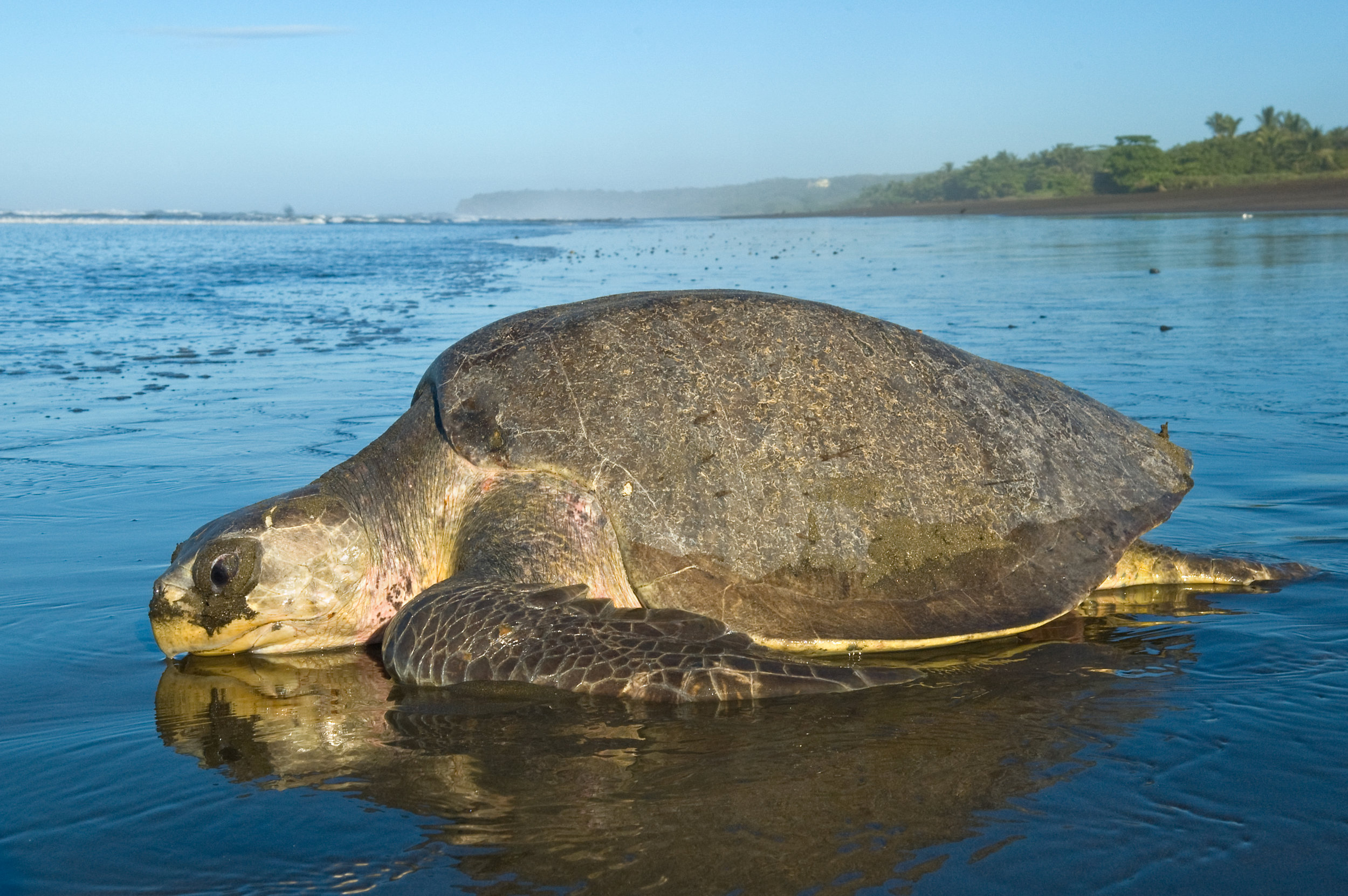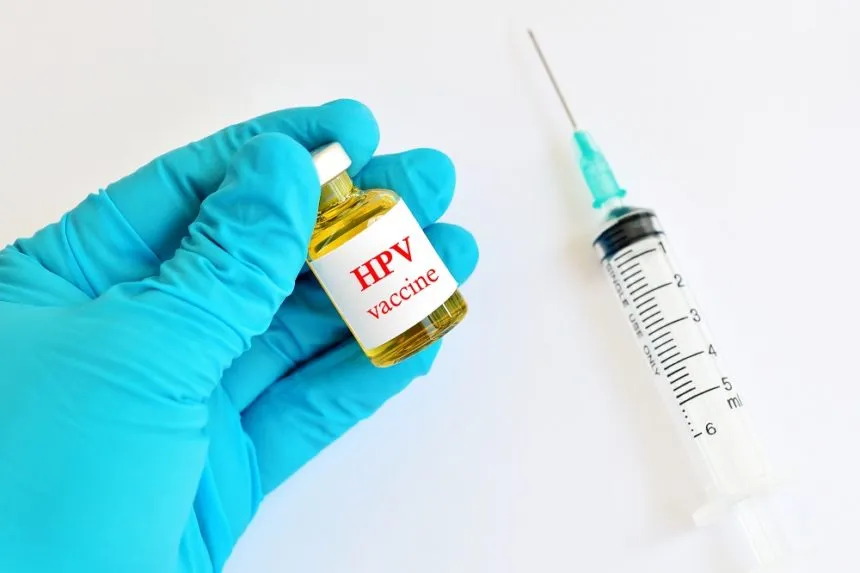Olive Ridley sea turtles have begun to emerge in the sea waters off Gahirmatha on the Odisha coast, signalling the start of the endangered marine species’ annual mass nesting.
The world’s largest rookery for Olive Ridley sea turtles is located in Kendrapara district, 150 kilometres from the state capital Bhubaneswar.
On patrolling drives, forest personnel have seen pairs of mating turtles. According to forest officials, the marine sanctuary’s prohibition on sea fishing remains in effect to ensure the uninterrupted breeding of aquatic animals.
Aside from Gahirmatha, these endangered aquatic animals can be found mass nesting at the Rushikulya river mouth in Ganjam district and the Devi river mouth in Puri district.
The turtle surveying teams discovered hundreds of mating pairs along the Gahirmatha coast on the calm surface of the sea.
According to Gahirmatha forest range officer Manas Das, after the mating season, most male turtles return, leaving the female turtles to lay their eggs.
Female turtles virtually invade nesting beaches, usually in the middle of the night, to lay eggs, a phenomenon known as arribada.
The turtles then leave the nesting area and make their way into the deep seawater. After 45-60 days, hatchlings emerge from these eggs. The forest officer added that it is a rare natural phenomenon for babies to grow without their mothers.
In February-March of this year, an estimated eight lakh female turtles arrived in Odisha to dig pits and lay millions of eggs on nesting beaches, he said.
The ban on sea fishing in Gahirmatha marine sanctuary remains in effect all year because the seawater here is the best habitat for these delicate marine species.
As the gill nets used by trawls proved to be messengers of death for breeding turtles, the prohibition was tightened due to an increase in the mortality rate of mating turtles along the coastal water surface.
Olive Ridley sea turtles, which have been designated as a Schedule-1 animal under the Wildlife (Protection) Act due to their critically endangered status, become entangled in nets for extended periods of time and die as a result of asphyxiation. According to forest personnel, turtles die in large numbers after being hit by the fast-moving propellers of fishing trawlers.
The mortality rate of these endangered species is quite high. An Olive Ridley sea turtle typically lays 120 to 150 eggs, from which hatchlings emerge 45 to 60 days later.
However, not all eggs survive because predators eat them.
Furthermore, eggs are washed away by sea waves during high tide.























